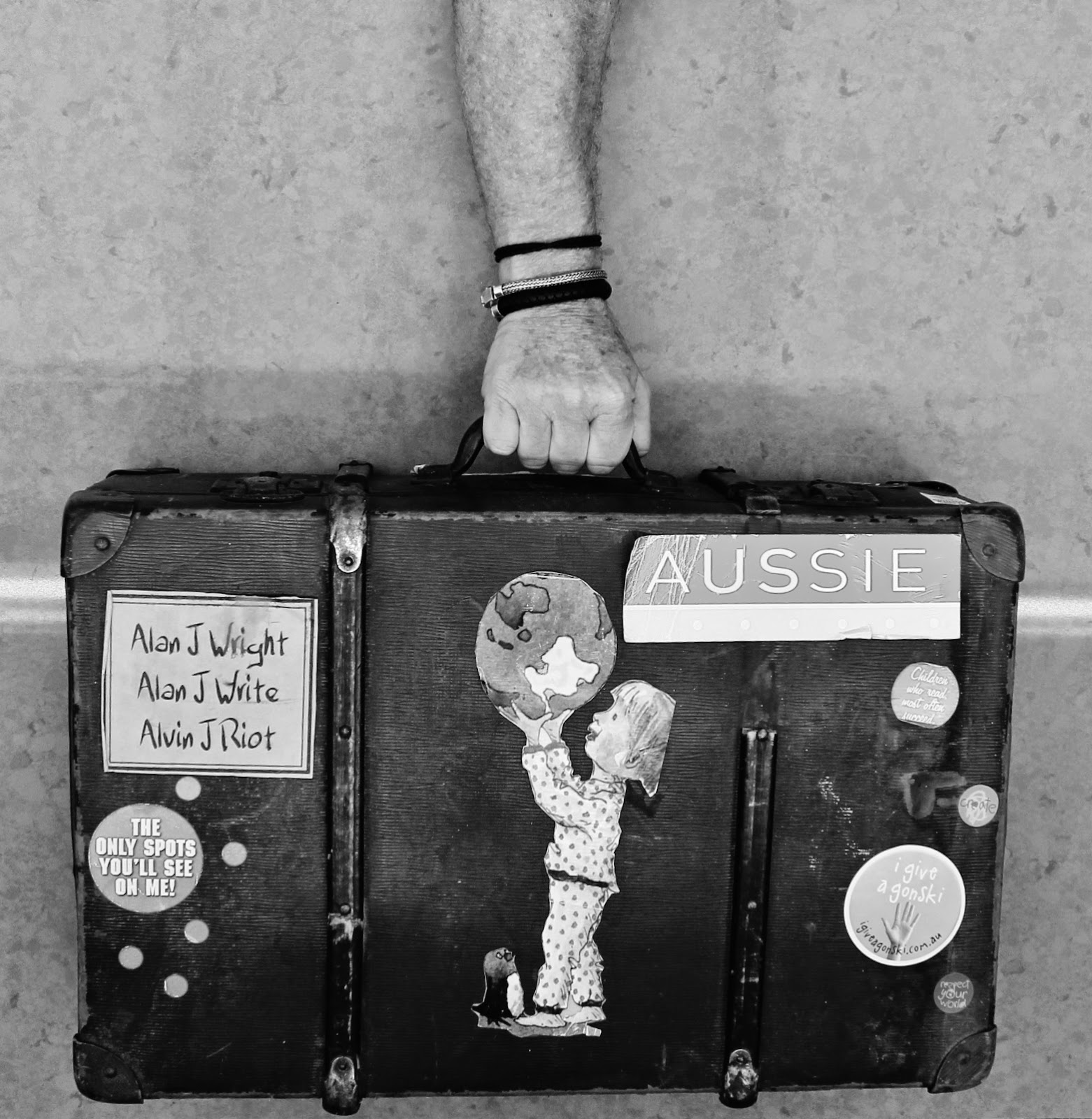Approaching Poetry
When we introduce poetry into our classrooms we need to
present it as a celebration of language. We must let our students feel it has
the potential to be a great thing for them to enjoy. Poetry is indeed special.
Wallace Stevens, the American poet referred to poetry as ‘Simply one of the
best things in life.’
Poetry invites the reader, or the receiver to share some of
the imagination and wonder of the writer.
For a young child, appreciation of poetry grows with
exposure and a growing sense of familiarity with the form. There may not be immediate acceptance. An understanding
of poetry develops when the child is invited to listen carefully to the
language and to notice the patterns and structures used. Once an understanding
is established, the inexperienced poet will more readily engage with poetry and
begin to experiment with poetry in all its forms.
Drawing attention to patterns and structures, rhythms and
rhymes means a greater likelihood young poets will embrace them and begin to
use them in their own writing.
We sell poetry in the way we present it. Enthusiasm and
confidence are critical to how young children perceive poetry. So the way
teachers present poetry becomes a major consideration. Begin with reading a lot
of poetry. Allow your students to listen the magic, before they attempt to
create their own. We need to make listening to poetry as common as listening to
stories. Invite students to bring poems found at home –to school. Share your
own favourite poems. Build the relationship between your students and poetry
before you contemplate writing poetry. I listened once as Mem Fox suggested that teachers not merely immerse students but ‘dunk them’ in literacy. I agree, wholeheartedly with this sentiment..
I retain strong memories of my teachers reading poetry.
Alfred Noyce ‘s ‘The Highwayman’ and A B Paterson’s ‘The Man From Snowy River’
are stand outs. In high school, the poetry of Keats, Browning and Wordsworth were
part of my poetry grounding. My poetry exposure
while more classical than the poetry kids generally hear today nonetheless left a lasting impression and that’s the
point. The young poet benefits from hearing a proficient reader celebrating powerful words. Poetry is ideal for shared reading, reader’s theatre and
choral reading. Apps such as Sound-cloud are ideal for recording and sharing such readings.
Try writing your own poetry based on some familiar patterns
and structures. You will find students are an appreciative audience for
your writing. Making the effort to demystify poetry is where the power lies for
teachers.
Inexperienced student poets generally thrive on writing
poetry that has a defined form or pattern. Here are a couple of start up ideas.
Three question poems
Where are you?
What are you doing?
What are you thinking?
Dylan Thomas portrait poems also make poetry accessible to
young poets.
The first line asks a question
The second line contains hyphenated words
Did you ever see a dog?
Tail-wagging, tongue-licking
Lovable
I urge any trepidacious teachers to let go of earlier poetry
hang-ups -or misconceptions, and begin again –reading, listening and writing.







I constantly spent my half an hour to read this webpage's
ReplyDeleteposts every day along with a mug of coffee.